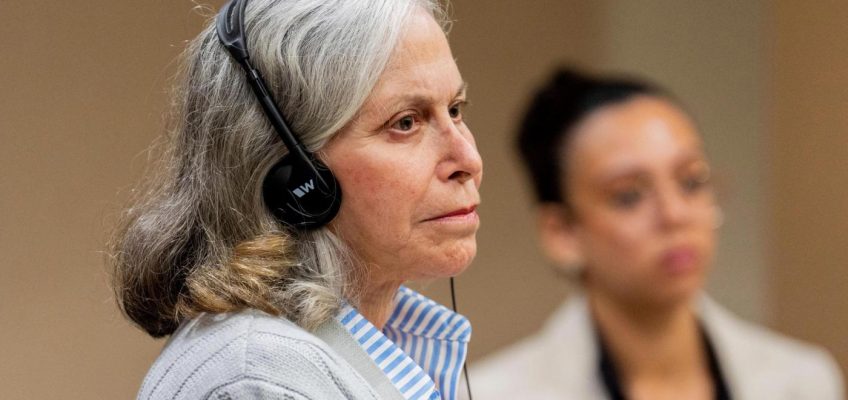TALLAHASSEE, Fla. (AP) — The matriarch of a wealthy South Florida family was convicted Thursday of murder charges in the killing of her former son-in-law, a prominent law professor who was locked in a bitter custody battle with his ex-wife when he was gunned down in 2014.
Related Articles
Most enduring and biggest iceberg breaks apart, with more splintering to come in its death spiral
Young man and the sea: Teen fishing off New England coast catches huge halibut bigger than him
Joe Biden undergoes surgery to remove skin cancer on forehead
Appeals court panel stops order to wind down operations at immigration center in Florida Everglades
Florida’s vaccine mandate removal: What it means for public health
Jurors returned guilty verdicts in the weekslong trial of Donna Adelson, who was charged with first-degree murder, conspiracy and solicitation in the killing of Florida State University law professor Daniel Markel in Tallahassee where he taught. The case had riveted attention in Florida for more than a decade amid sordid details of a messy divorce, tensions with wealthy in-laws and custody fights leading to the killing.
When the judge announced that the jury had convicted Adelson of first-degree murder, the defendant exclaimed, “Oh!” and started shaking and crying.
Markel and Wendi Adelson were divorced and shared custody of their two children, but she wanted to move them more than 370 miles from Tallahassee to South Florida to be closer to her family. A judge ruled, however, that Wendi Adelson couldn’t move the children, and Markel refused to relocate.
The defense team uses a display depicting photos and arrows of how people are connected in the murder of Dan Markel during opening statements in the trial of Donna Adelson on Friday, Aug. 22, 2025 in Tallahassee, Fla. (Alicia Devine/Tallahassee Democrat via AP, Pool)
Prosecutors had argued at trial that Donna Adelson helped orchestrate Markel’s killing after he stood in the way of letting her daughter and two young grandsons make the move to South Florida.
Donna Adelson was the fifth person to go to trial for what prosecutors said was a murder-for-hire plot to kill Markel. Among those already serving a life sentence for the killing is Donna Adelson’s son, Charles Adelson. Wendi Adelson has denied involvement in the killing and has not been charged.
At trial, prosecutors had painted Donna Adelson as the calculated and controlling matriarch of an affluent South Florida family with the means and motive to orchestrate the killing of the ex-son-in-law she “hated.”
Phil Markel, right, and his family stand as jurors enter the courtroom for the trial of Donna Adelson on Friday, Aug. 22, 2025 in Tallahassee, Fla. (Alicia Devine/Tallahassee Democrat via AP, Pool)
Defense attorneys insisted the state didn’t have sufficient evidence to link the aging grandmother to the murder plot, instead emphasizing the roles played by others and casting suspicion on two of Adelson’s adult children.
Charles Adelson is currently serving a life sentence, as is his ex-girlfriend Katherine Magbanua. Prosecutors said Magbanua served as the go-between for the two men hired to carry out the killing, Sigfredo Garcia, who was sentenced to life in prison, and Luis Rivera, who is serving a 19-year sentence after cooperating with the state.




